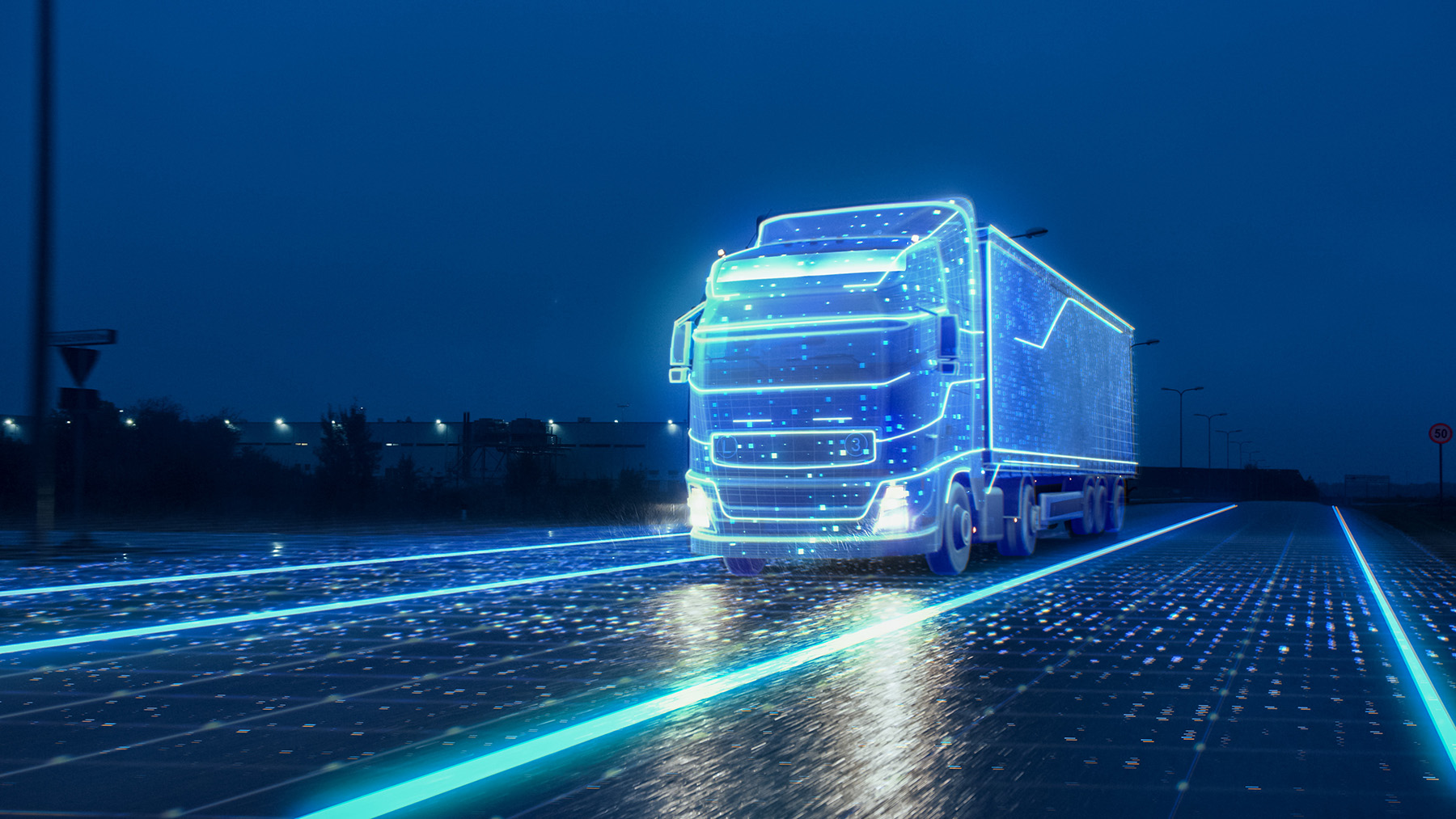
By David Jen
Roadways in Japan will soon lend a hand to the autonomous vehicles traveling upon them. In March 2023, a report from Japan's Ministry of Economy, Trade, and Industry detailed plans to dedicate a lane along the Shin-Tomei Expressway in central Japan to self-driving trucks during overnight hours.
While the self-driving vehicle industry continues to iterate on systems capable of independently navigating real-world environments, vehicle-to-everything systems, referred to as V2X systems, offer a level of safety and efficiency beyond what onboard sensors alone can provide. On these roadways, such as in the coming Shin-Tomei project, information from roadside infrastructure and other vehicles augments what an individual vehicle sees on its own.
The lane will span roughly 100 km of highway between the Suruga Bay-Numazu and Hamamatsu service areas in Shizuoka prefecture, beginning about 100 km southwest of Tokyo. The length will be outfitted with roadside sensors that will form a communication network with self-driving trucks and centralized, human road managers. The sensors will detect other vehicles on the freeway to assist with merging as well as any fallen objects on the expressway to maintain safety, according to the report. Known construction zones will also be sent to the trucks' network ahead of time.
METI expects to open the lane before March.
As part of Prime Minister Fumio Kishida's Digital Garden City Nation initiative, the plan seeks to leverage autonomous vehicle and artificial intelligence technologies to head off labor shortages brought about by the country's aging population.
The Shin-Tomei's autonomous truck lane, as well as 150 km of new drone-delivery routes in Saitama prefecture by the end of March, will pave the way for Kishida's "physical internet" that aims to reduce the country's dependence on human labor by 2040.
Following the lane opening, the government plans to implement similar roadway systems in 100 locations nationwide by 2027. These later systems will support passenger cars in addition to heavy trucks.
Assisted autonomy
Japan has explored the idea of assisted autonomy for self-driving vehicles on the Shin-Tomei previously.
A 2021 demonstration of truck "platooning" conducted along 15 km of the expressway A 2021 demonstration of truck “platooning” conducted along 15 km of the expressway — in which a string of autonomous trucks using cooperative, adaptive cruise control followed a single, human-operated truck — was successful.
The experiment — a collaboration between METI and the Ministry of Land, Infrastructure, Transport, and Tourism — also revealed some of the concept's friction points, such as when unrelated human-driven cars could insert themselves into the platoon or when freeway lane reductions forced the platoon to change lanes. These potential issues will be alleviated by the dedicated lane that will open in a few months.
Independent vehicles
Many autonomous vehicle developers, however, assume their vehicles will need to operate without assistance from the roadway.
While V2X roadway assistance would be beneficial to provide information and redundancy to the data collected by autonomous vehicles, "we currently conduct autonomous testing under the assumption that no additional improvements to the roadway are needed," says Megan Strader, the public relations manager for San Diego-based TuSimple Holdings, Inc., a global autonomous driving technology company.
A six-level taxonomy created by the Society of Automotive Engineers, known as SAE International, helps describe autonomous driving systems performing some or all the tasks required to operate a vehicle. In the system, vehicles begin at level 0 with no driving automation and progress through increased automation of speed, steering, and situational awareness, while decreasing their dependence on human drivers for exceptional cases.
At SAE level 4, automated vehicles begin to operate without a human driver for assistance. These cars and trucks can handle most driving conditions and can implement safety measures themselves, such as pulling over or stopping, when faced with unexpected situations, according to the Environmental Protection Agency. Level 5 vehicles are considered fully automated and can drive themselves "in all conditions."
TuSimple began regular testing of its SAE level 4 autonomous driving solution on the Shin-Tomei in January 2023.
The firm's level 4 autonomous driving solution includes a redundant sensor suite that offers multimodal perception, in which data from different types of sensors are overlaid upon one another to expand the vehicle's view of its environment, says Strader. The system boasts a 1,000 m perception range on the vehicle, while high-definition maps, machine learning, autonomy visualization, and simulation capabilities further augment the system off the truck.
Similarly, T2 Co. Ltd., another autonomous systems developer testing on expressways, is building a product that includes lidar, video cameras, satellite positioning, inertial measurements, and point-cloud matching in its sensor-fusion plans.
METI began discussions in 2015 to clarify Japan's automated driving vision for cars in general and identify collaborations between industry, academia, and government to achieve that vision.
In parallel with its assisted-autonomy efforts, the Japanese government plans to allow SAE level 4 truck operations on the Shin-Tomei, independent of V2X reliance, beginning in 2026, says Strader.
David Jen is a freelance science journalist based in the San Francisco Bay Area.
This article is published by Civil Engineering Online. It appeared the January/February 2024 print issue of Civil Engineering as "Dedicated Autonomy."



